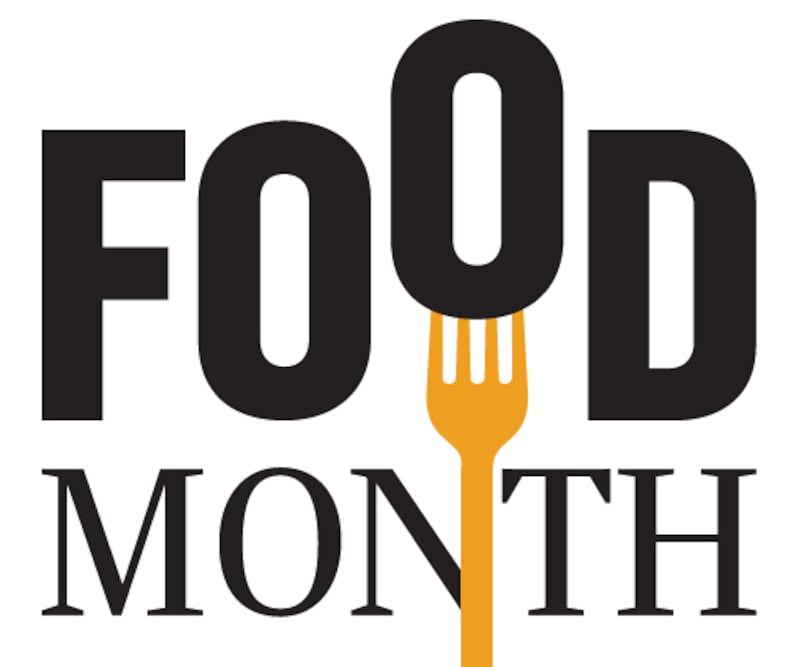
What springs to mind when you hear the term plant-based eating? Giving up meat, no animal foods, vegetarianism, veganism? Advocates such as
Sue Baic
will tell you that it’s about putting plant-based foods first and it’s not about giving up your steak and butter. She puts it this way: “It’s about garnishing your plant-based meals with small amounts of fish, lean meat or/and other animal foods.” The message is two-thirds plant, one-third animal.
Baic explains that current intakes of pulses, beans, nuts, seeds, fruits, vegetables and wholegrains are decreasing in the UK. She encounters this as a practising dietitian and the trend is verified by national data collated by research bodies. Significant numbers of men in particular eat more than the red and processed meat requirements.
Educating people about other protein sources, aside from the traditional meat, fish, poultry and egg staples, is topical now, with many people seeking alternatives to the processed meat filler in their sandwich or breakfast roll.
Here in Ireland we are seeing more and more plant-based eating choices on supermarket shelves. With the majority of the adult population classified as overweight, high cholesterol levels are pretty common in the over-50s. With that, there is a growing interest in natural foods such as oats, barley, soya and nuts, all of which can help lower blood cholesterol when consumed regularly as part of a balanced diet.
Plant-based eating is associated with slimmer waist lines, as well as with healthier cholesterol levels. It is also correlated with a lower risk of diabetes and heart disease.
What does plant-based eating look like in practice?
Less intake of red and processed meat (meat-free days). More plant proteins to extend the meat you use in dishes. More fruit, vegetables and wholegrains.
Stretching our protein horizons is not a bad thing and bodies such as World Health Organisation and the World Cancer Research Fund don’t just advise on what to cut down and out; they also emphasise the importance of plant foods. Ideally plant- and protein-rich foods should be distributed throughout the day. They are not just the preserve of the dinner plate. Aim to fill half your plate with vegetables/salad, especially if you’re trying to lose weight, a quarter with wholegrain carbohydrate and a quarter with protein (occasionally from a protein source).
Weekly meals Moderate consumption of lean, grass-fed red meat offers valuable protein and micronutrients. It’s unlikely to increase your risk of heart disease or colon cancer. Moderate in terms of quantity is 500g
(cooked weight) of meat per adult per week. It’s not about giving up red meat; no excess or deprivation is recommended. This is about finding “the meat balance”, as Baic puts it.
A wider variety of protein-rich foods include poultry, fish, eggs, milk products or suitable alternatives, beans and pulses, quorn, tofu, quinoa and unsalted nuts or seeds. Consumption of processed meat such as salami, chorizo, poor-quality hams and sausages that are higher in calories, preservatives, additives, saturated fat and salt should be reduced.
Vegetarian options include quinoa and roast vegetables, wholemeal pasta with low-fat cheese or tuna, bean chilli with rice, lentil soup with wholegrain roll, stir-fried tofu/quorn with vegetables and brown rice/noodles. And if you do think that life is too short to soak a bean, pick up the tinned organic chickpeas and beans and pop them into your casseroles and trays of roasted veggies.
How we feed nine billion people by 2050 with limited natural resources is an imminent challenge. Some 75 per cent of agricultural land is used to raise animals for food, and the current food system is responsible for 30 per cent of global and green house gas emissions. Globally we are facing the need to change our ways; in both production and consumption terms. Plant-based eating is certainly part of the solution.
Paula Mee is a dietitian and a member of the Irish Nutrition and Dietetic Institute. Email paula@paulamee.com










